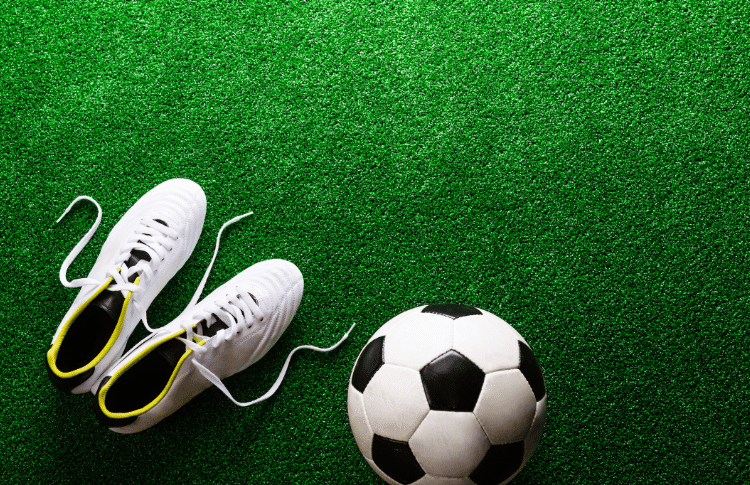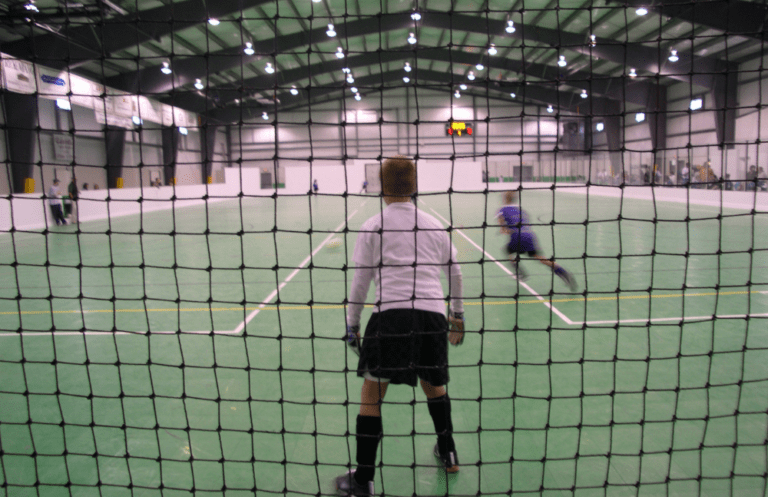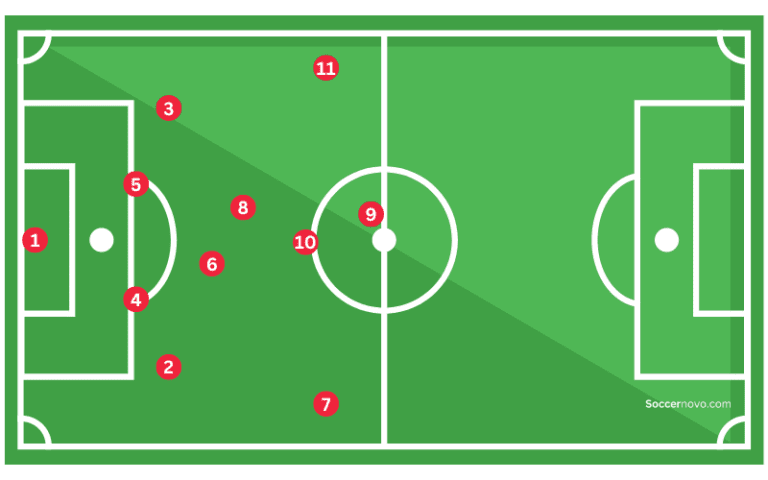How to Dry Soccer Cleats

Whether it’s from rain, sweat, or a post-game rinse, wet

In this article, I will show you how to dry your
Why Should Soccer Cleats Be Dry?
Keeping your
Prevents Bacteria and Fungal Growth
Wet
By keeping your cleats dry, you can prevent the growth of these microorganisms and keep your feet healthy and odor-free.
Maintains the Shape and Quality
Soccer cleats are made of different materials, including leather and synthetic materials, that require proper care to maintain their shape and quality.

Wet cleats can actually cause the materials to warp, crack, or stretch, leading to reduced performance and durability.
Drying your
Improves Traction and Performance
Wet
Reduces Discomfort and Risk of Injury
Wet soccer cleats can cause discomfort and blisters, making it difficult to focus on the game. Moreover, wet cleats can increase the risk of foot and ankle injuries, such as sprains or strains.
For this reason alone, you should try to keep your cleats as dry as possible throughout the year.
Things to Know Before Drying Your Cleats
Before you dry your
1. Check the Label
Before you start drying your cleats, check the label to see if there are any specific instructions on how to dry them. Different materials require different drying methods, so it’s important to follow the manufacturer’s instructions to avoid damaging your cleats.
I’m just providing things that generally work for most cleat brands but there may be specific recommendations for your style of cleats.
2. Remove the Insoles
If your cleats have removable insoles or inserts, take them out before you start drying them. This will help them dry faster and more thoroughly.
You can air-dry insoles separately.
3. Loosen the Laces
Loosen the laces to open up the cleats and allow better airflow. This will help expedite the drying process.
4. Stuff the Cleats
Stuff your cleats with newspaper or a towel to help them keep their shape while they dry. This will also help absorb any excess moisture.
5. Avoid Direct Heat
In most cases, avoid exposing your cleats to direct heat, such as a heater or a hairdryer. High temperatures can damage the materials and cause them to warp or shrink.
6. Air Dry
The best way to dry your
Materials Needed for Drying Soccer Cleats
When it comes to drying your
Air Dry Method (Recommended)
The air dry method is a great option for those who want to avoid using heat on their cleats. Here are the materials you will need:
- Newspaper or paper towels: These will be used to stuff your cleats and absorb any excess moisture.
- Portable fan or hairdryer: This will be used to circulate air around your cleats and speed up the drying process.
- Clothespins or hangers: These will be used to hang your cleats up and promote airflow.
Heat Method (To Dry Last-Minute)
If you’re in a hurry and need your cleats to dry quickly, the heat method is a good option. Here are the materials you will need:
- Newspaper or paper towels: These will be used to stuff your cleats and absorb any excess moisture.
- Hairdryer: This will be used to dry your cleats with heat.
- Heat-resistant surface: This can be a table or any other surface that can withstand heat.
It’s important to note that the heat method should only be used on synthetic materials, as heat can damage leather cleats.
Additionally, you should never put your cleats in the oven or microwave, as this can cause them to melt or catch fire. Please, please, please don’t do this!!
Drying Soccer Cleats : A Step-by-Step Guide
When it comes to drying wet
Air Dry Process
- Loosen the laces on your soccer cleats and open them up as much as possible. This will allow for better airflow and help expedite the drying process.
- Remove the insoles from your cleats and set them aside to dry. If your cleats don’t have removable insoles, skip this step.
- Stuff your cleats with crumpled newspaper or paper towels. This will help absorb the moisture from the inside of your cleats.
- Place your cleats in a dry, well-ventilated area. Avoid placing them in direct sunlight or near a heat source, as this can cause damage to the material.
- Wait for your cleats to dry completely. This can take anywhere from a few hours to a full day, depending on the level of moisture in your cleats.
- Once your cleats are dry, remove the newspaper or paper towels and replace the insoles if necessary.
This is pretty simple, isn’t it? But, it would be best if you had some time to pull it off. If you are really pressed for time, here’s how to dry your cleats more quickly.
Heat Method Process
- Loosen the laces on your
soccer cleats and open them up as much as possible. - Remove the insoles from your cleats and set them aside to dry. If your cleats don’t have removable insoles, skip this step.
- Use a hairdryer on a low heat setting to dry your cleats. Hold the hairdryer about six inches away from your cleats and move it around to avoid overheating any one area.
- Go from one cleat to the other and back to the other cleat until it is dried.
- Avoid using a high heat setting or placing your cleats in the dryer or oven, as this can cause damage to the material.
- Once your cleats are dry, replace the insoles if necessary.
Dos and Don’ts of Drying Soccer Cleats
When it comes to drying your
Common Mistakes
Don’t use a dryer
While it may be tempting to speed up the drying process with a clothes dryer, it’s not a good idea. The heat from the dryer can damage the materials in your cleats, causing them to warp or even melt. Unfortunately, I’ve personally experienced the ramifications of speeding up the process of sticking them in a dryer. Stick to air-drying or using a hair dryer instead.
Don’t put them in direct sunlight
While sunlight can be a natural drying agent, it can also damage the materials in your cleats. Direct sunlight can cause the colors to fade and the materials to become brittle. Instead, choose a well-ventilated area out of direct sunlight to dry your cleats.
Don’t use an oven
Just like a hair dryer, an oven can cause damage to your cleats. The heat can warp or melt the materials, making them unusable. Stick to air-drying instead. This was an old school practice that shouldn’t be considered anymore.
You Have Dry Soccer Cleats !
There you go! Now, you have dry
Remember, drying your
If you have the time, air drying your cleats is much preferred but if you need them dry within the hour, go with a hair dryer.
Lastly, always clean your cleats before drying them to remove any dirt, mud, or other debris that may have accumulated on them during play. This will not only help them dry faster but also keep them looking and smelling fresh.
By following these simple steps, you can ensure that your

Written By: Beau Bridges
Beau is the founder of SoccerNovo, dedicated to helping players and parents navigate the youth soccer landscape. As a former youth coach and soccer parent, he shares insights on player development, recruiting, and the ever-evolving soccer scene in the U.S.
Let’s connect





